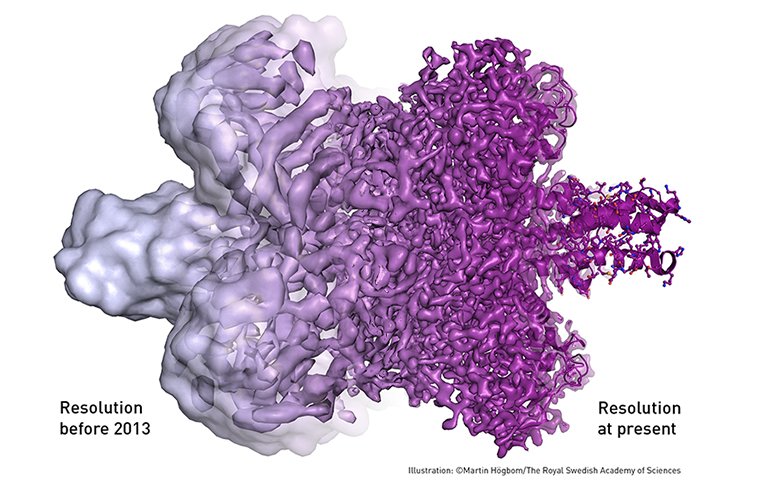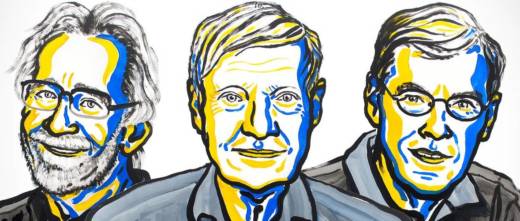Joachim Frank, who shares this year’s Nobel Prize in Chemistry with two other researchers for developing a method to generate three-dimensional images of the molecules of life, says the potential use of the method is “immense.”
Speaking by phone, Frank told a news conference after the Nobel announcement Wednesday that the method, called cryo-electron microscopy, meant medicine no longer focuses on organs but “looks at the processes in the cell.”
The Swedish Royal Academy of Sciences said Wednesday that their method, called cryo-electron microscopy, allows researchers to “freeze biomolecules” mid-movement and visualize processes they have never previously seen.”
Frank, based at New York’s Columbia University, shares the $1.1 million prize with Jacques Dubochet of the University of Lausanne and Richard Henderson of MRC Laboratory of Molecular Biology in Cambridge, Britain.
The development, the Academy said, “is decisive for both the basic understanding of life’s chemistry and for the development of pharmaceuticals.” The Zika virus, for example, was analyzed using this method. The virus’s anatomic structure was discovered in only a few months using this technique, which is important for creating new drugs or vaccine.

The Nobel Prize for Chemistry rewards researchers for major advances in studying the infinitesimal bits of material that are the building blocks of life.
